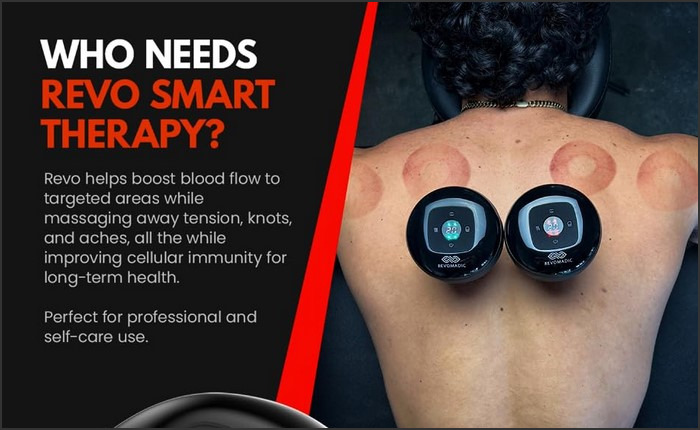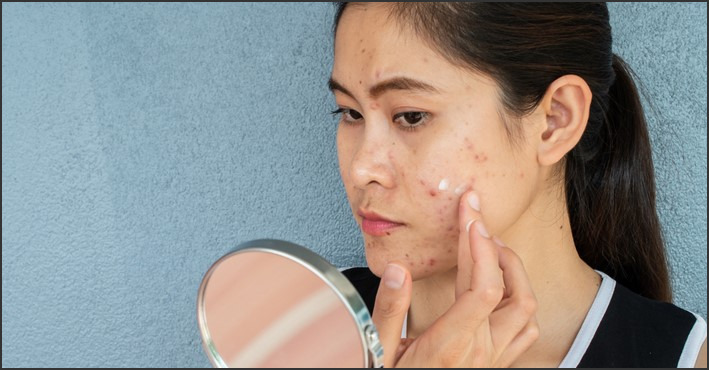
Cracked teeth can be a source of pain and discomfort, and can even lead to more serious dental issues if left untreated. Fortunately, there are a variety of dental solutions available to restore cracked teeth and help you maintain a healthy, beautiful smile. From bonding and crowns to root canals and veneers, there are a variety of treatments available to repair cracked teeth and restore them to their original condition. In this article, we will discuss the different types of treatments available for cracked teeth, as well as the advantages and disadvantages of each. We will also provide tips on how to prevent cracked teeth in the future.
How to Choose the Right Filling Material for a Cracked Tooth
When it comes to repairing a cracked tooth, choosing the right filling material is essential. The type of material used will depend on the severity of the crack, the location of the tooth, and the patient’s budget. Here are some tips to help you choose the right filling material for a cracked tooth.
First, consider the severity of the crack. If the crack is minor, a composite resin filling may be the best option. Composite resin is a tooth-colored material that can be used to fill small cracks and chips. It is also relatively inexpensive and can be matched to the color of your natural teeth.
If the crack is more severe, a porcelain or ceramic filling may be the best option. Porcelain and ceramic fillings are more durable and can be matched to the color of your natural teeth. They are also more expensive than composite resin fillings.
Next, consider the location of the tooth. If the cracked tooth is in a visible area, such as the front of the mouth, a porcelain or ceramic filling may be the best option. These materials are more aesthetically pleasing and can be matched to the color of your natural teeth.
Finally, consider your budget. Composite resin fillings are the least expensive option, while porcelain and ceramic fillings are more expensive. If you are on a tight budget, a composite resin filling may be the best option.
Choosing the right filling material for a cracked tooth is an important decision. Consider the severity of the crack, the location of the tooth, and your budget when making your decision. With the right filling material, you can restore your tooth to its original strength and beauty.
Understanding the Benefits of Tooth Restoration for Cracked Teeth
Tooth restoration is a common dental procedure used to repair cracked teeth. It is a safe and effective way to restore the strength and function of a damaged tooth. This article will discuss the benefits of tooth restoration for cracked teeth.
The first benefit of tooth restoration is that it can help to prevent further damage to the tooth. When a tooth is cracked, it can become more susceptible to further damage. Tooth restoration can help to strengthen the tooth and protect it from further damage. This can help to prevent the need for more extensive dental work in the future.
Another benefit of tooth restoration is that it can help to improve the appearance of the tooth. Cracked teeth can be unsightly and can make a person feel self-conscious about their smile. Tooth restoration can help to restore the tooth to its original shape and size, making it look more aesthetically pleasing.
Finally, tooth restoration can help to improve the function of the tooth. Cracked teeth can be painful and can make it difficult to chew and speak properly. Tooth restoration can help to restore the tooth to its original function, allowing the person to eat and speak without pain or discomfort.
In conclusion, tooth restoration is a safe and effective way to repair cracked teeth. It can help to prevent further damage, improve the appearance of the tooth, and restore its function. If you have a cracked tooth, it is important to speak to your dentist about the benefits of tooth restoration.Filling a cracked tooth is a great way to restore the tooth to its original condition and prevent further damage. It is important to visit a dentist to determine the best course of action for your particular situation. With the right treatment, you can restore your tooth to its original condition and enjoy a healthy, beautiful smile.








